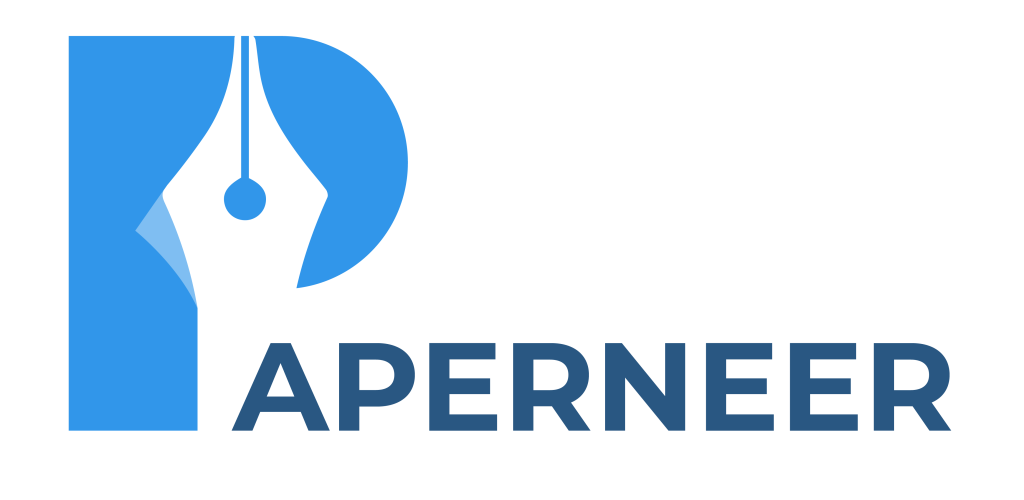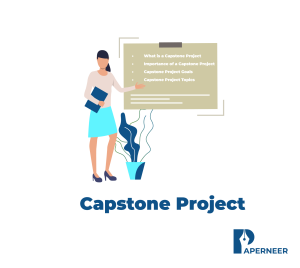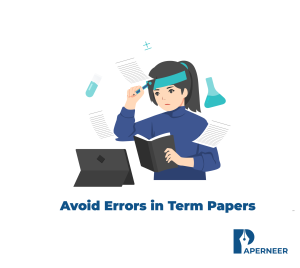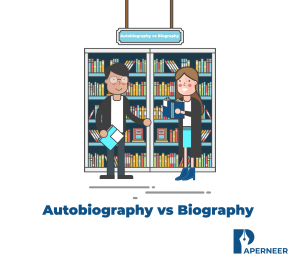Capstone Project – A Complete Guide A capstone project is sometimes the...
Read MoreWriting an Effective Introduction Paragraph
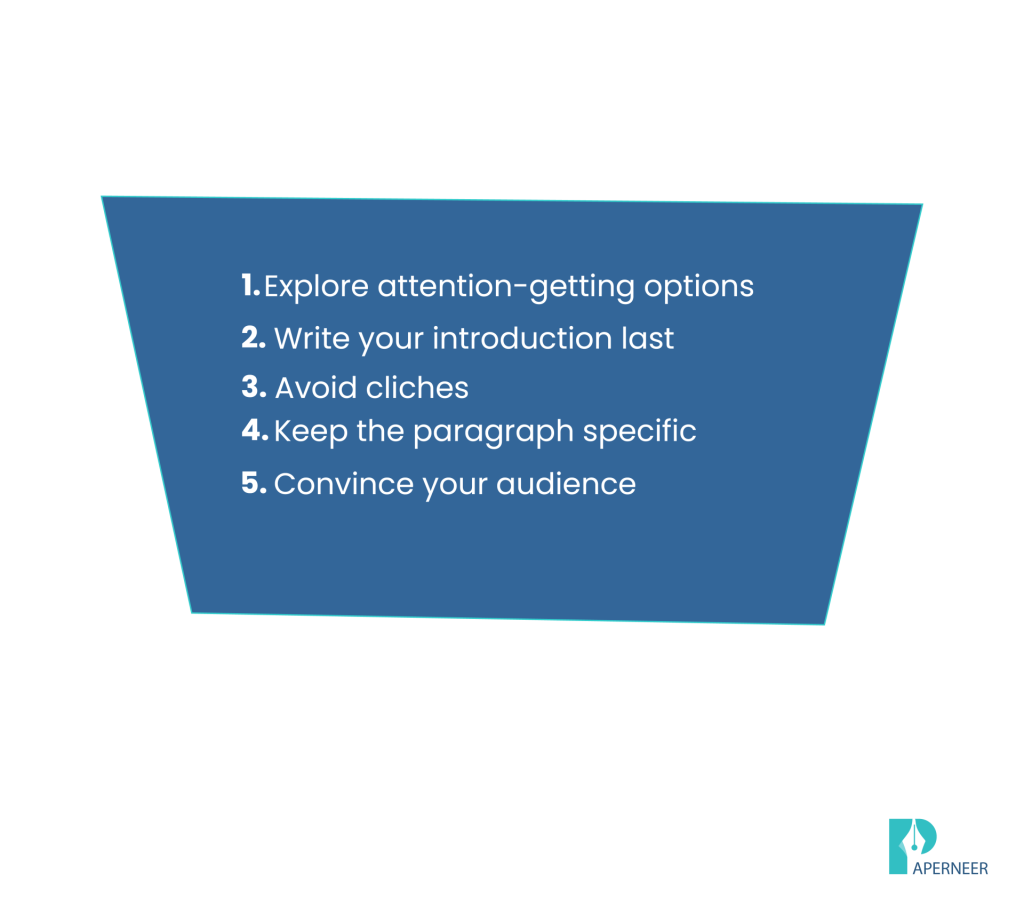
Have you ever thought about how important is an introduction in every aspect of our lives? Just like we start a conversation with someone by introducing each other to start sharing a bond, it is important in writing as well to write an effective introduction paragraph to introduce our topic effectively.
This blog provides you with assistance in writing an effective introduction paragraph, as well as essential tips, steps, and examples.
What is an Introduction Paragraph?
The introduction paragraph is the first paragraph of a writing piece that aims to introduce the topic of the writing to the readers and what aspects of the topic will be covered. In academic writing, the introductory paragraph follows an upside-down structure, meaning that it starts from general points and information about the topic, narrowing down slowly to the most specific points of the topic.
It generally contains a hook and a thesis statement. The hook in the introduction aims to grab the audience’s interest to read the writing piece further and set the tone of the writing. The hook contains some catchy lines, surprising facts, quotations, or anecdotes. On the other hand, the thesis statement of the introductory paragraph aims to summarize vividly all the main points of the topic that have to be explored.
Steps to Writing a Good Introduction Paragraph
The underlying step-by-step guide will help you in writing an effective introduction paragraph:
Keep the questions in mind that you want to address through your writing
Before you start writing, you should be clear about the purpose of your writing. You should ask yourself questions about the theme of the writing, the target audience, and your writing tone. The questions are provided in the other section of this same blog as well. These questions will help you to reflect on your writing and organize your thoughts.
Hook your Audience
The goal of the introduction is to grab the reader’s attention so that they continue reading. Therefore, it is mandatory to write a very catchy hook sentence. Providing some surprising statistics, an anecdote, imagery or sensory information, a quote, or an intriguing question might work best to hook the audience. Keep your hook clear, concise, and catchy.
Example: Social media has completely changed how people connect, communicate, and consume information in the digital age.
Provide a Brief Relevant Background Information
After getting your reader’s attention, you can narrow down your writing by providing brief background information on your topic. This information will help the readers understand the key ideas of your topic necessary for the rest of the content. Keep the focus of your background information broad but clearly centered on your topic. It may include a historical, social, or geographical touch to your topic, an outline of the debate, or a definition of key terms.
Example: But as we interact with online communities and skim through our feeds, it’s becoming increasingly obvious how social media affects our physical health. While social media sites like Instagram and TikTok provide convenience and connectivity, they also raise the risk of several physical health issues, including disturbed sleep patterns and a dizzy lifestyle.
State your thesis
Now it is time to narrow down your topic to the most specific key points of your writing. A thesis statement may consist of one or two sentences that summarize the whole argument or main points of the topic.
Example: According to studies, excessive screen time can lead to eye tiredness, body fatigue, body pain, and even mental health issues.
Recommend if needed
You may give a general recommendation to the readers in some cases of writing. For instance, in the case mentioned in the example, it is a cause-and-effect essay. In these types of writing, you can recommend the readers to take precautionary measures to avoid the negative outcomes.
Example: Even though we live in a digital age, maintaining a balanced and healthy lifestyle requires an understanding of the relationship between our online behaviors and physical health.
Provide a roadmap for your writing
A roadmap is not always necessary in an introduction. However, if you are writing longer content, you will have to provide a preview of your writing’s structure at the beginning of the paper right after the introduction. It is like a preface to your whole writing, mostly used in dissertations.
Revise and Edit
After crafting your introduction’s first draft, you will have to proofread it again to see if you have not lost the focus of your topic. Furthermore, make the required changes to finalize your draft.
Essay Writing Introduction Paragraph
The introduction is the most important part of an essay. Therefore, it has to follow the structure and basic guidelines of paragraph writing. Otherwise, it will not be that interesting to read. Following are some essay introduction samples.
Introduction Paragraph Sample for Cause-and-effect Essay
The underlying example is a sample of a cause-and-effect essay on “Capitalism is the Root Cause of Inflation”:
Hook: Economists and policymakers always debate over the subjects of capitalism and inflation and their mutual relationship.
Brief Description/Background: Critics of capitalism argue that the economic system inherently generates inflation by emphasizing profit over stability, resulting in rising prices and falling purchasing power. They argue that the pursuit of ever-increasing profits can lead to excessive demand and speculative activity, thereby fueling inflationary pressures. Supporters of capitalism may argue that inflation is a complex phenomenon influenced by causes other than capitalism.
Thesis Statement: This essay will examine how the mechanisms of capitalism contribute to inflation and whether profit maximization and competitive markets are the primary reasons for this recurring economic dilemma.
Sample for Expository Essay Introduction Paragraph
The following introductory paragraph sample is for an expository essay on “The Role of Small Businesses in Economic Growth”:
Hook: Small businesses are often considered the foundation of a thriving economy and play an important role in economic growth and innovation.
Background: Unlike large businesses, small businesses make a significant contribution to job creation, local economic growth, and market competition. They provide essential goods and services, encourage community participation, and often introduce new ideas and techniques that challenge current affairs.
Thesis Statement: This article explores the diverse role of small businesses in economic growth, including their contribution to job creation, local development, and economic resilience, as well as the distinct advantages they bring in promoting a vibrant and sustainable economic landscape.
Introductory Paragraph for Narrative Essay Sample
This sample is for a narrative essay on “The First Day of My New Job”
Hook: The first day at a new job is a mixture of excitement, anticipation, and nervousness and marks the beginning of a new chapter in your professional life.
Background: It is a day full of unfamiliar faces, new habits, and a lot of expectations and responsibilities.
When I first walked into the office, the air was filled with the promise of new prospects and the task of proving myself. From meeting my new colleagues to navigating the complexities of the work environment, that first day was a time of learning and adjustment.
Thesis Statement: This essay will describe my first day on the job and provide insight into the challenges and successes that marked this critical period.
Tips for Writing an Effective Introduction Paragraph
There are certain tips that you can use while writing your content introduction to make it effective and worth reading. They are as follows:
Explore attention-getting options:
Check for options that you can avail as a hook. For instance, if you are writing a persuasive essay, you will have to use a shocking statement or fact that may support or oppose your stance. For descriptive writing, you can use an interesting personal story or anecdote.Write your introduction last:
It is a good idea to jot down your introduction in the last as it provides a clear idea of your content’s purpose. When you craft the rest of your writing content before the introduction, you will get clarity on the topic and purpose of your essay. In addition, this will help in summarizing background information and drawing an effective thesis statement after knowing which aspects of your writing can be important ones to be put in your thesis.Avoid cliches:
In order to make your introductory paragraph fascinating, try avoiding cliches and overuse of terms. Try not to start your introduction by defining a term. It may be informative but it will make your introduction boring. Avoid rephrasing the prompt question into a statement. It will make you miss the opportunity to add value to your introductory paragraph.Keep the paragraph specific:
Try not to add any vague information or historical backgrounds that may start with the statement “throughout the history”. This reduces the effectiveness of your content. Try keeping it vivid and specific.Convince your audience that your content is worth reading:
Write your introduction in a way that the readers can believe your content and consider it important for themselves, their works, or their lives. Offer a unique aspect of the topic so that the readers are convinced to read the rest of your content.
Essential Questions for Writing an Introduction Paragraph
While writing your introduction paragraph, you will have to ask yourself the following questions to ensure that you are covering all the necessary aspects of writing an effective introduction.
- What is the main purpose of my writing and what am I trying to achieve?
- Who is my target audience?
- What is the central idea or theme of my writing?
- How can I grab my audience’s attention?
- What background information do I have to cover and what details should I include in my writing?
- How will I transition my central idea to the main content?
- What tone or style of writing can I prefer for this writing?
- Is my introduction concise and clear enough for my readers?
- Have I revised the content and the introduction?
If you ask all these questions from yourself and if you have their answers in mind, you will have a clear path to start your writing.
Say goodbye to Mistakes in Term Papers
Avoid Errors in Term Papers Writing a theme may be a vital tutorial task that needs careful designing and...
Read MoreUnraveling the Stories: Autobiography vs Biography
Autobiography vs Biography Understanding the excellence between autobiography and biography is crucial for...
Read More